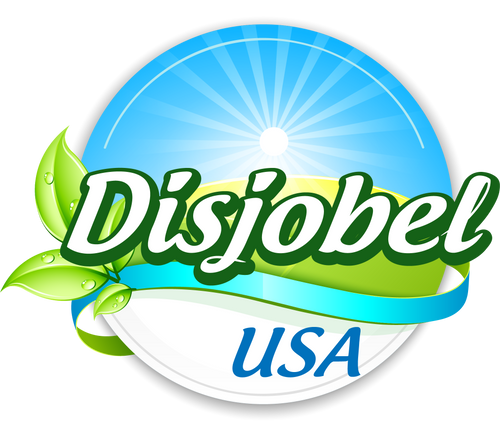Puff pastry sheets are undeniable stars in professional pastry. Their versatility, in fact, allows for creating an incredible variety of sweet and savory recipe options. The magic of this flaky product resides in its delicate and crispy layers. However, achieving a perfect result requires technique, precision, and a deep knowledge of the ingredients. For this reason, mastering its preparation is an essential skill for any professional in the industry. This knowledge, indeed, distinguishes a standard product from one that is exceptional.
The Scientific Secret Behind a Perfect Flaky Dough
A flaky dough's quality is defined by its structure of thin, separate layers. This result, in reality, is the product of a particular physical principle. The lamination method, for instance, consists of layering dough and fat.
Generally, professionals use butter or specialized margarines. During baking, the water contained in the fat converts into steam. As a result, this vapor pushes and separates the dough layers, creating that characteristic airy and crispy texture.
Mastering the Technique and Its Common Errors
The creation process for puff pastry sheets is methodical. Every step, in fact, has a direct impact on the final texture and flavor of the product. The amount and type of folds, for example, determine the final number of layers. Additionally, the cold resting periods between each turn are crucial. This chilling allows the gluten to relax, and it helps the fat to remain solid. Thus, ignoring these rest times is one of the most common errors that compromise the result.
The Function of Ingredients in Puff Pastry Sheets
The choice of raw material is, of course, decisive for obtaining a professional result. Speaking of which, people often ask about the role of agents like baking powder vs baking soda. In traditional flaky dough, you do not use these. The dough's expansion comes exclusively from the steam generated by the fat. In other words, it is a mechanical leavening, not a chemical one. Understanding this is key, so you do not alter the classic recipe's structure.
Industrial Applications for Puff Pastry Sheets
The versatility of this product, naturally, allows for constant innovation on the menu. For sweet preparations, for instance, think of cream horns or deconstructed napoleons. On the savory menu, they are ideal for vol-au-vents or gourmet empanadas. The key is using the flaky dough as a high-quality base that, ultimately, elevates any filling.
Professional Baking and Storage Tips
Good puff pastry sheets can be ruined if you do not handle them correctly. For this reason, the baking and storing process is just as important as the preparation. For perfect baking, you need a preheated oven at a high temperature, around 400°F (200°C). This way, you ensure rapid steam generation and optimal expansion. For conservation, the raw dough must always stay refrigerated or frozen, and wrapped well to avoid drying.
Discover the quality puff pastry sheets and gourmet products that Disjobel USA offers, perfect for your most creative recipes. Visit our site and elevate your preparations with premium ingredients.
References
AIA Food. (n.d.). Puff pastry: all the mistakes to avoid. AIA Food Guides. https://www.aiafood.com/en/guides/puff-pastry-all-the-mistakes-to-avoid/
Le Cordon Bleu. (n.d.). The science behind the perfect croissant: Why technique matters. Le Cordon Bleu Malaysia. https://www.cordonbleu.edu/malaysia/blog-the-science-behind-the-perfect-croissant-why-technique-matters/en
Pies and Tacos. (2023, March 21). Puff pastry mistakes and how to avoid them. Pies and Tacos. https://www.piesandtacos.com/puff-pastry-mistakes-and-how-to-avoid-them/
The Flavor Bender. (2023, January 23). Baking 101: Baking soda vs baking powder (chemical leaveners). The Flavor Bender. https://www.theflavorbender.com/baking-soda-baking-powder-basics/
The Kitchn. (2020, October 29). 5 mistakes to avoid with puff pastry. The Kitchn. https://www.thekitchn.com/5-mistakes-to-avoid-with-puff-pastry-238442





















